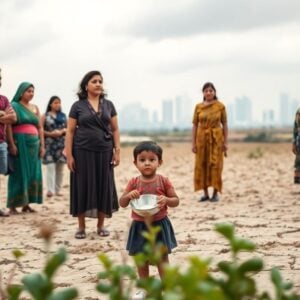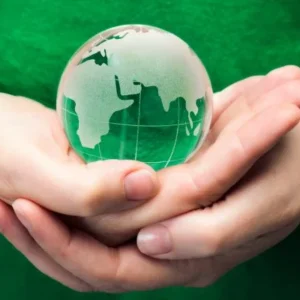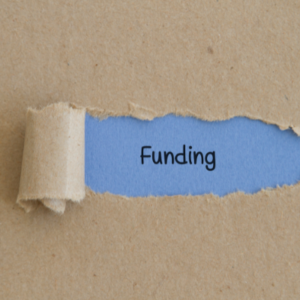Recent World Bank reports and the latest United Nations conferences have spotlighted a critical challenge facing the global fight against poverty: a massive shortfall in funding and slowing progress. As world leaders convene to address these issues, divisions among major economies and shifting financial priorities threaten to undermine efforts to lift hundreds of millions out of poverty.
Key Takeaways
- Global poverty reduction has nearly stalled, with 700 million people still in extreme poverty.
- Funding necessary to achieve development goals faces a $4 trillion annual gap.
- Major aid cuts and fractured cooperation between leading nations are making the problem worse.
- Climate change, inequality, and debt are critical factors hampering progress.
Dwindling Progress on Poverty Reduction
According to the World Bank’s 2024 "Poverty, Prosperity, and Planet" report, the historic trend of declining poverty has ground almost to a halt. Nearly 700 million people—8.5% of the global population—remain in extreme poverty, living on less than $2.15 a day. The pandemic, coupled with slow economic growth and growing instability, has left the world off track to achieve the United Nations’ Sustainable Development Goals (SDGs) by 2030.
Alarmingly, 3.5 billion people are poor by broader measures, and progress has barely moved since the 1990s when adjusted for global population growth. Sub-Saharan Africa bears the heaviest burden, with two-thirds of the world’s extreme poor living in the region.
Funding Gap and International Fractures
The recent UN summit on Financing for Development in Spain focused on closing the $4 trillion annual gap needed to meet the SDGs. However, the absence of the United States and reductions in international aid from several wealthy countries have cast doubt on collective resolve. The US not only skipped the conference but also voiced strong objections to proposed reforms targeting fairer taxation, debt relief, and scaling up multilateral lending.
Official development assistance from developed countries has fallen sharply—dropping over 7% in 2024—mainly due to budget reallocations and political disputes. Increasingly, aid is being channeled to immediate crises, like hosting refugees or responding to conflicts, often bypassing the world’s poorest countries.
The Triple Threat: Debt, Inequality, and Climate
Developing countries are facing critical debt burdens, with repayments now outpacing investments in health and education. In 2023 alone, low- and middle-income countries paid a record $1.4 trillion servicing debt. High inequality persists, especially in Sub-Saharan Africa and parts of Latin America, limiting social mobility and trapping populations in poverty.
Meanwhile, climate change adds complexity. As one in five people globally faces increased risks of extreme weather, efforts to reduce poverty must align with emissions reductions and building resilience, requiring even greater investment and international cooperation.
Pathways Forward: Cooperation or Stalemate?
World leaders and experts agree that progress requires renewed international commitment. Multilateral reforms, more inclusive growth strategies, and prioritizing the most vulnerable populations are essential. India and other emerging economies are being asked to share successful poverty alleviation strategies, particularly in digital infrastructure and targeted support for small enterprises.
Yet, ongoing tensions and divergent priorities among major economies pose real risks. Concerted action is needed to close the funding gap, boost shared prosperity, and address climate challenges. Without it, the prospect of ending global poverty remains increasingly distant.
Sources
- U.S. skips global UN Financing for Development conference aimed at raising trillions to combat poverty, PBS.
- Poverty, Prosperity, and Planet Report 2024: Figures, World Bank.
- Poverty, Prosperity, and Planet Report 2024, World Bank.
- No-shows, aid cuts mar G20 meet on global poverty, Reuters.
- Global poverty: How to deal with funding cuts, Mint.







